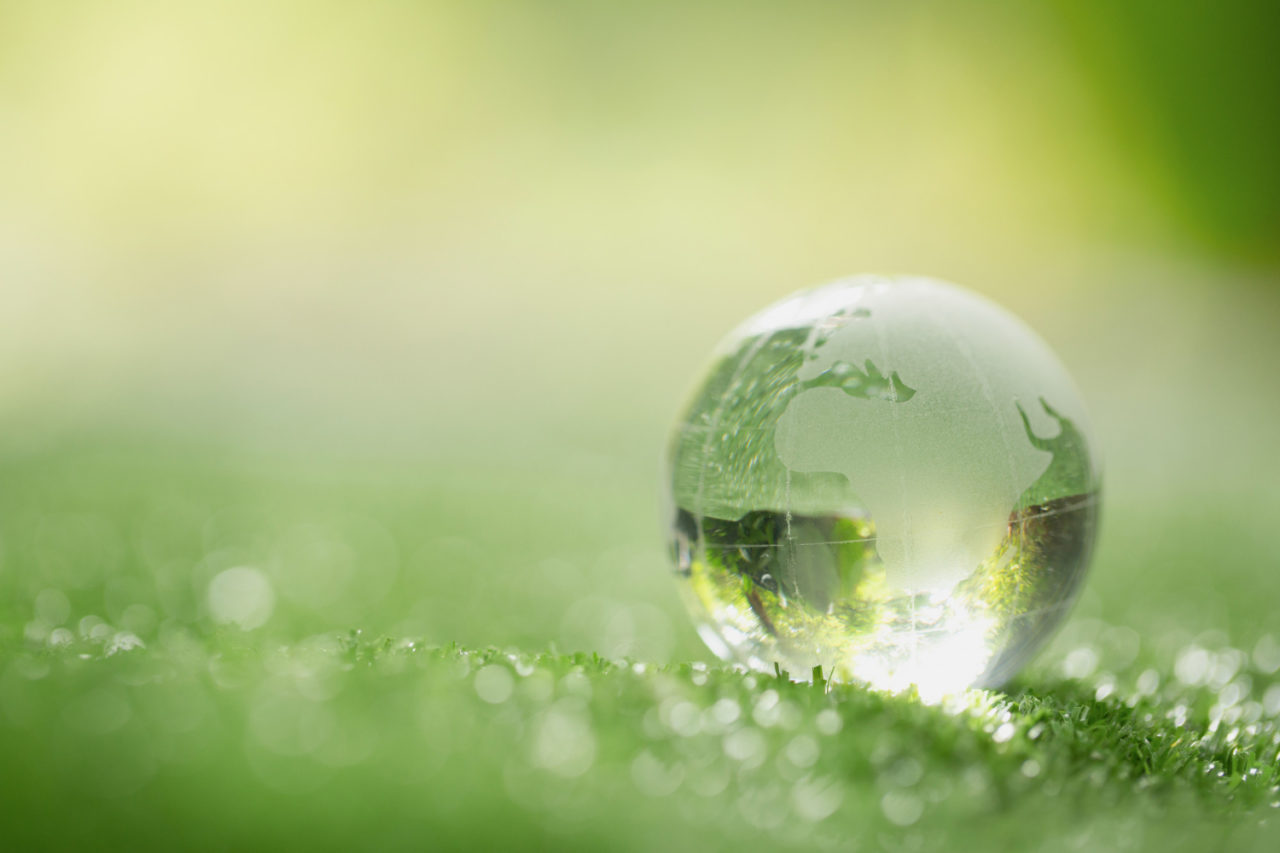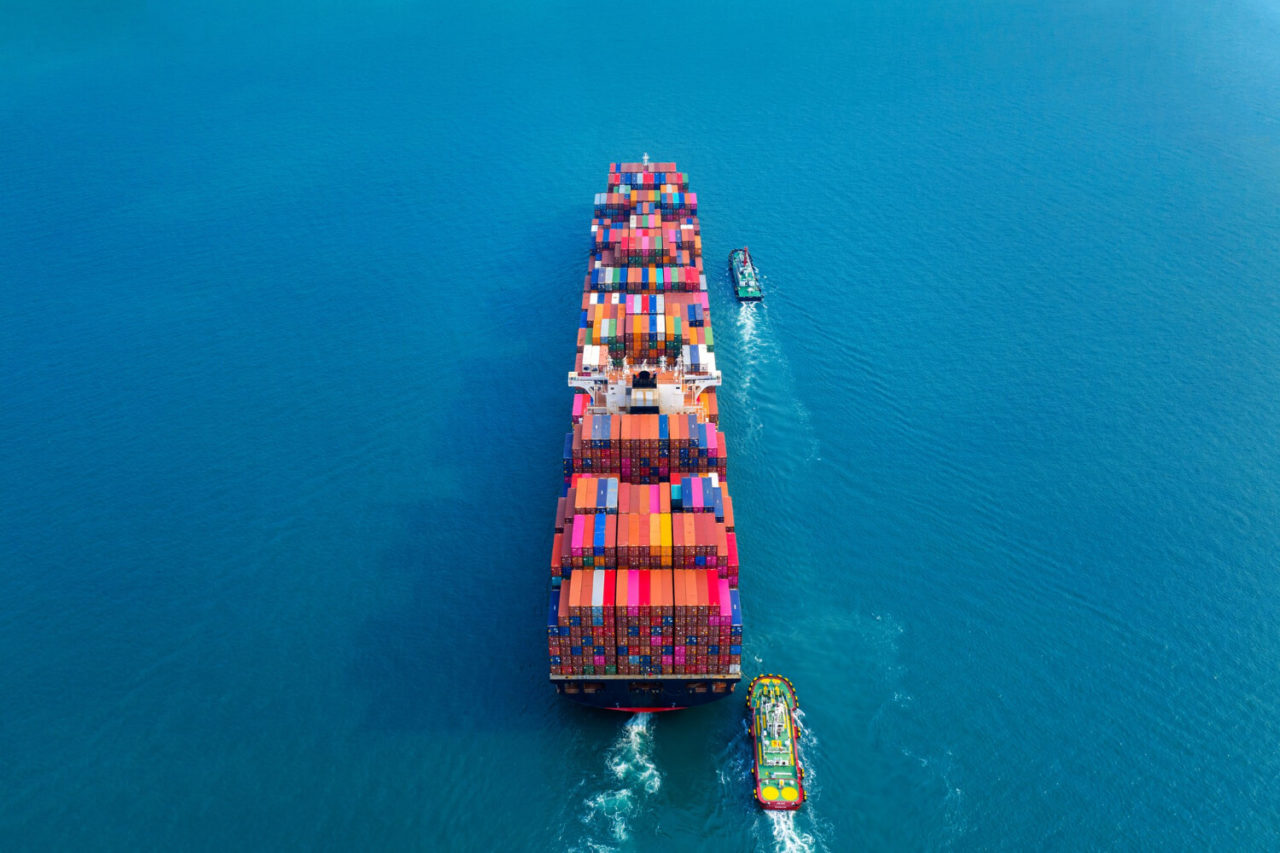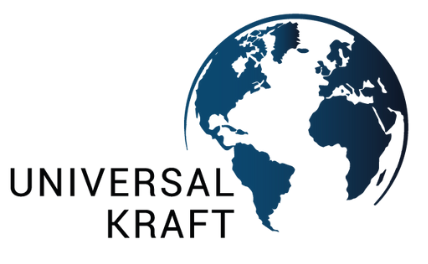
Zero-emission fuels and vessels will need to start being deployed at scale over the next decade to achieve full decarbonization of the shipping sector by 2050. This ambitious goal could be catalyzed by ammonia green corridors.
The signatories to the Clydebank Declaration pledged on November 10, 2021, to provide support for the creation of at least 6 green corridors during this decade, which are marine routes with zero emissions connecting two or more ports. 24 maritime states signed and released the declaration during COP26 in Glasgow. They are collaborating to form partnerships, identify and investigate obstacles, create national plans, and promote the fair and sustainable development of these corridors.

Australia, Belgium, Canada, Chile, Costa Rica, Denmark, Fiji, Finland, France, Germany, Ireland, Italy, Japan, Republic of the Marshall Islands, Morocco, Netherlands, New Zealand, Norway, Palau, Singapore, Spain, Sweden, United Kingdom of Great Britain and Northern Ireland, and United States of America are among the signatories to the Clydebank Declaration.
The goal is for ships that trade between these ports to be powered by low-emission alternative fuels. Ammonia stands among the options as such an alternative.
But what are maritime ammonia green corridors?
When alternative fuels are not yet produced, supported by infrastructure, or in demand by industry, the idea combines the growth of fuel supply and shipping demand in the most basic way possible at a single trade route.

Ideally, these corridors would be big enough to accommodate all of the important participants in the value chain, like fuel producers, cargo owners, and regulatory bodies. By giving fuel producers assurance about off-take and strongly encouraging shipyards, engine manufacturers, and vessel operators to increase their investment in zero-emission shipping, they would all be able to absorb a greater degree of risk.
Learnings from the initial ammonia green corridors pilots will be recorded and used to inform future developments. Through partnerships with ammonia green corridors, maritime ammonia stakeholders can gain early insights into where demand is most likely to develop and how they should respond accordingly.

Our ammonia-related work
Ammonia is used by Universal Kraft as a green substitute for fossil fuels that offers the same functionality on a wide scale. These green power alternatives are fundamental for a sustainable and complete clean energy transition. Universal Kraft has been working on alternative and innovative energy carriers and storage solutions for a number of years. We founded UH2 in order to maximize the decarbonization potential of renewable energy sources for the production of green hydrogen and ammonia.
Discover all our projects here.




